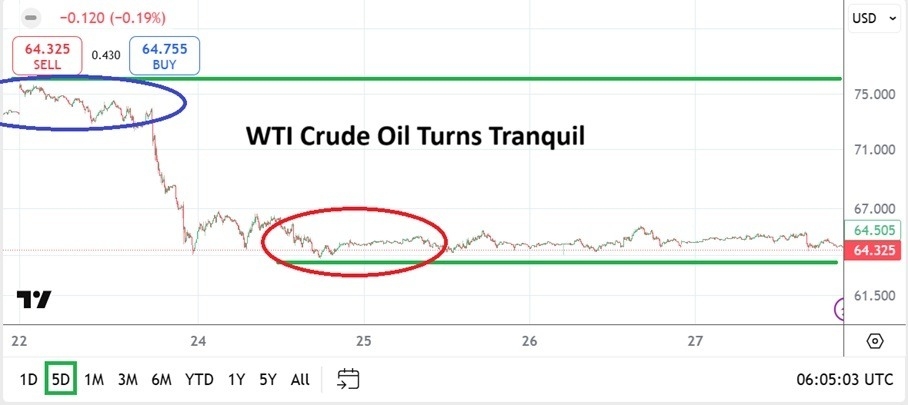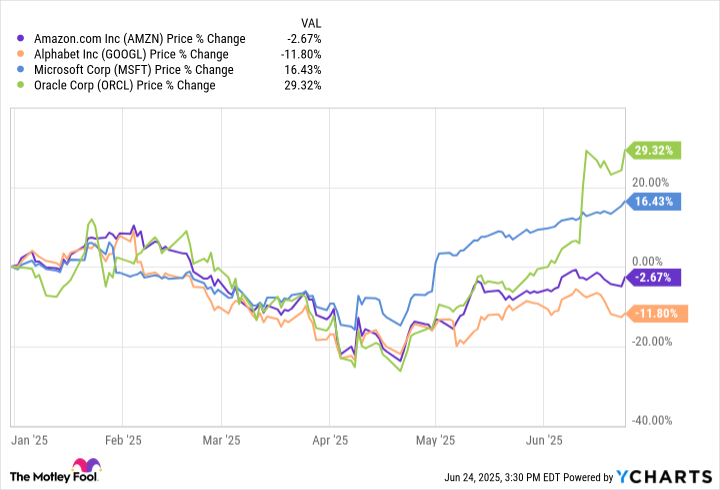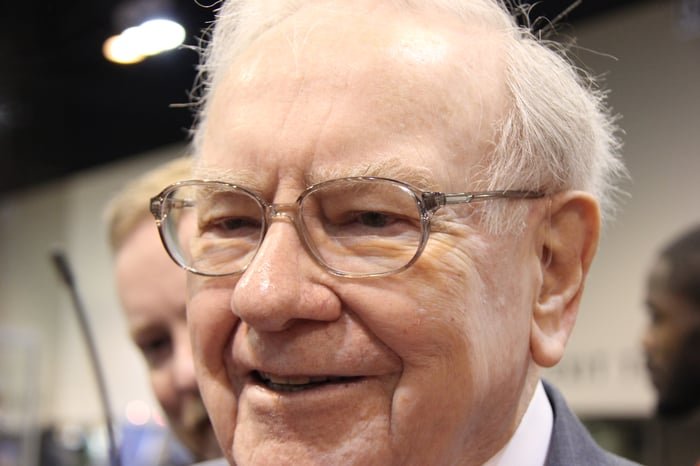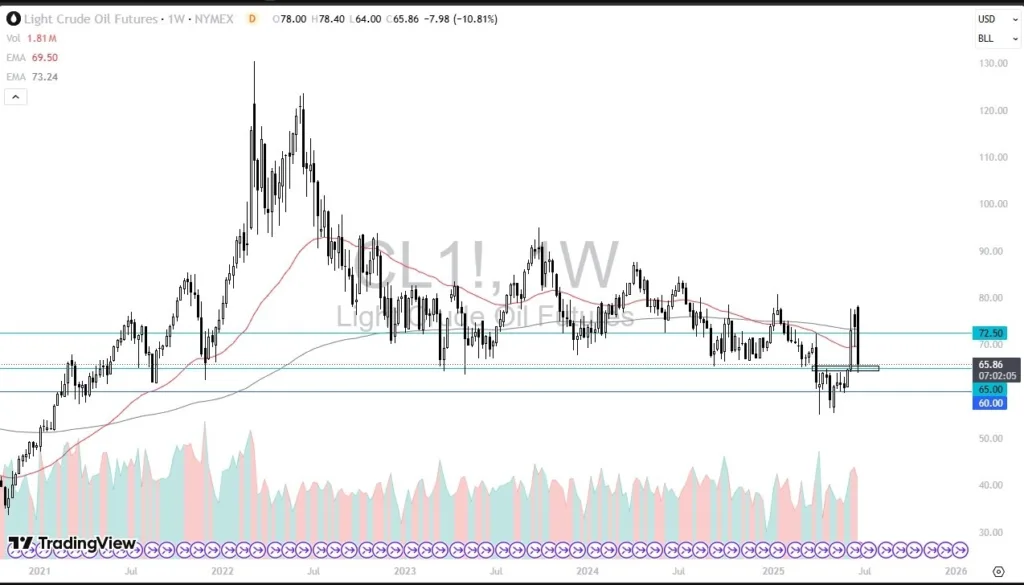Buying stocks when the market is selling off is always a daunting prospect.
On one hand, if you time it right and shares rally, you’ve bought at an attractive price. On the other hand, the market could just… keep falling.
Luckily for brave dip-buyers in 2025, the former has been true. Despite stomach-churning volatility at the index and single-stock level, what’s gone down has largely come back up.
There’s been a series of sharp drops this year that have all ultimately wound up as ideal buying opportunities. Fast-forward through all the madness and you have an S&P 500 cruising at record highs as the first half of 2025 winds down.
Wild swings in the S&P 500
The most pronounced and sharp decline in US stocks this year — and therefore the best dip-buying opportunity — came after Liberation Day on April 2. The S&P 500 tanked 12% in a matter of days. But then it ended up recovering the whole drawdown within a month.

At that point, the market was still down for the year, having been dragged lower by general tariff uncertainty for much of February and March.
In the end, it was continued progress on the trade front that dug the S&P 500 out of its year-to-date hole. In early May, the US struck an initial deal with the UK, before agreeing a with China a couple weeks later to implement a 90-day pause. The most recent major development came last week when Trump said a deal had been reached with China, the same day of a new S&P 500 record high.
Art Hogan, managing director and chief market strategist at B. Riley Wealth Management, partially attributes the rally off lows to immense retail-investor interest.
“I think retail investors have been hardwired now to look at this market for significant pullbacks, big buying opportunities, and thus far, they’ve been proven correct,” Hogan told BI.
Data from Vanda Research supports the idea, showing that retail traders aggressively bought exposure to the S&P 500, as well as popular stocks Tesla and Nvidia (more on them later).
One phenomenon that’s also helped fuel dip-buying the year has been the so-called TACO trade, short for Trump Always Chickens Out. The idea is that any trade-policy-driven market sell-off will soon be reversed, because the president will backtrack on a policy proposal if investors rebel.
But all of that was not enough to lift the S&P 500 to the new heights it’s currently enjoying. The last leg higher has been driven by the positive geopolitical developments: an Israel-Iran ceasefire and the neutralization of Iranian nuclear assets by the US.
Tesla’s roller coaster ride
Dip-buying success has also been on display at the single-stock level, particularly for ever-popular and particularly-volatile Tesla.
Related stories

Business Insider tells the innovative stories you want to know

Business Insider tells the innovative stories you want to know
The EV-maker’s stock tumbled nearly 50% from highs around the time of Trump’s inauguration through the start of March. The main driving forces were falling global vehicle sales and skepticism around CEO Elon Musk’s involvement with the Trump administration.
After bottoming on April 8, shortly after Liberation Day, the stock then embarked up a steep — albeit choppy-at-times — 63% recovery.
Then Musk and Trump played out a bitter feud for the public, with the president threatening at one point to pull the Tesla CEO’s government contracts. The stock fell 14% in a single day.
Based on the recovery since, that was just another ideal dip-buying opportunity, as Musk said he’d be stepping away from government work. Sure, the stock is still down 21% year-to-date, but it’s up more than 10% since the Musk-Trump dispute.

Nvidia: From steep losses to record highs
Not even the darling of the AI trade has been insulated from the volatility that’s rocked markets this year.
Nvidia started the year battling the rise of China’s DeepSeek and its cheaper machine-learning model, which challenged long-held notions about how much money will be poured into AI.
It experienced the biggest decline in company history on Jan. 27, falling 17% in a single session. But after bottoming out in early February, shares rallied as much as 20% heading into Nvidia’s first-quarter earnings report.
The company followed the trend of the market lower into April, amid concerns that Trump’s proposed tariffs would slow economic growth, falling 33% to its year-to-date low.
But it’s pretty much been a straight ascent since, the perfect scenario for intrepid dip-buyers that kept the faith during a rocky first quarter.
The company has most recently overtaken record highs yet again, and Wall Street can’t get enough. One firm boosted its price target on the stock to $250, implying an eventual $6 trillion valuation.








